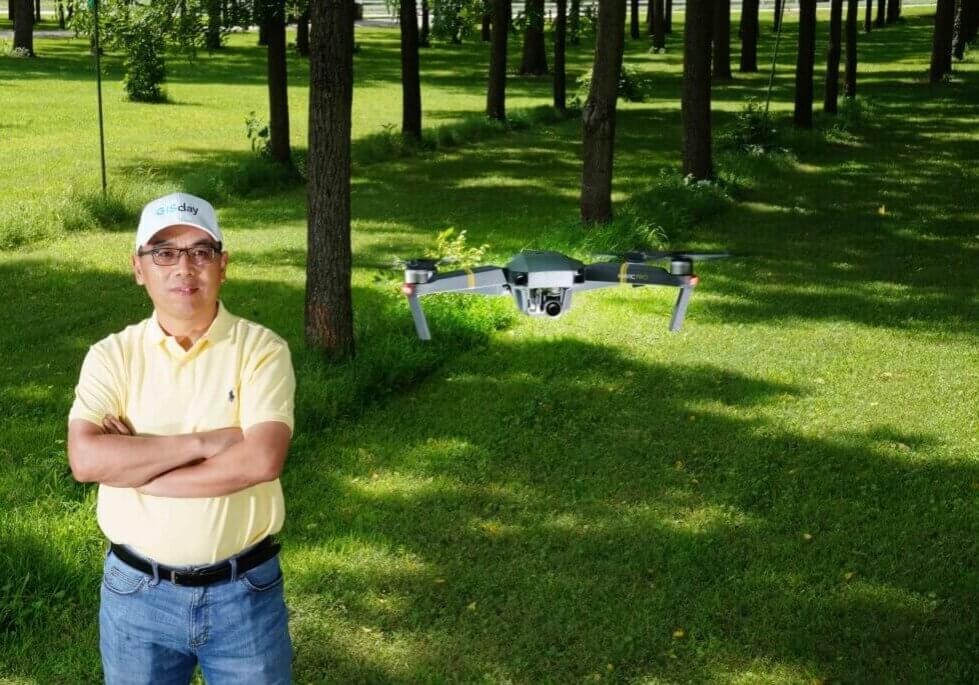In many ways, attending in-person university lectures is a great equalizer, John “Barny” Dunning, Forestry and Natural Resources (FNR) professor observed.
“In the face-to-face format, I get three chances a week to remind students of critical deadlines, upcoming activities and impart crucial information. Of course, students don’t get that information if they don’t come to class, but then it is their fault,” Dunning said.
In the virtual classroom, however, the onus shifts as the responsibility of facilitating access to information now rests even more firmly on the shoulders of educators. Professors are facing this reality as they transition their courses to an online classroom, a step being taken by Purdue and universities around the country in response to the COVID-19 virus.
Professors are evaluating the best methods to migrate their course online and grant students the same access to support, information and interaction.
“Our top priorities when transferring our course online is to make sure that information is accessible to all students and to promote an active and engaging atmosphere,” Marisa Erasmus, animal sciences assistant professor said. She is co-teaching ANSC 49500, Cracking the Poultry Industry, with animal sciences professor Elizabeth Karcher, an upper-level course comprised of 12 students.
“Redesigning these activities for an online format requires creativity and innovation.”
Gordon McNickle, a botany and plant pathology assistant professor, teaching roughly five times that number of students in BTNY111, Principles of Plant Biology, an introductory course, faces the same concerns about accessibility and engagement.
McNickle is doing a couple things to spur student engagement and make sure no one misses out on material.
“I’m going to hold my office hours during the normal times, but using the Zoom software,” he explained. “Students can come in and out of the virtual room with questions. I will also use the discussion board featured in Blackboard to engage students. I’ve done this in my graduate level class and it’s great; sometimes students can answer each other’s questions. I think that probably leads to better learning outcomes.”
He is also uploading lectures as a module comprised of between four and six short videos, instead of a 50 minute lecture. Each module has the opportunity for engagement, like a short survey or quiz, which is then used to spark discussion. Like most faculty in the college, McNickle is not conducting these sessions live. He is recording and uploading them so broadband speed and time zone are less of a factor.
Virtual learning offers some distinct advantages, Dunning, who usually teaches an online course over the summer, said. “Students who might be intimidated about speaking up in class are more willing to make comments online in discussion boards, especially in an asynchronous format, because the students have time to think about their responses before answering.”
Students will also benefit from having access to all the lectures, Erasmus reflected. “This means students have the opportunity to go back and review material, better interpret it and put it into context on their own time.”
Two major challenges faculty faced in preparing their virtual classrooms is the time crunch and, in many cases, the translation of lab components online.
“We have three hours of lecture and two hours of lab per week,” McNickle said. “My labs are all experiments and sometimes we don’t know what the results will be. It’s hard to impart key lab skills, like using a microscope, without putting students in front of a microscope.”
Watch a module by McNickle
Dunning echoed this concern for his department, which conducts parts of many courses in the field and the laboratory. “How to give students a similar experience is a huge hurdle,” he continued.
While pivoting to online learning is a challenge for faculty, the real test is for students who are now faced with continuing university coursework in a non-university setting. “I encourage my students to take notes at your desk while watching the videos, force yourself to do the problems, or it won’t work,” McNickle said. “It’s so easy just to sit back and treat a video lecture like Netflix. You won’t learn the material that way.”
Ultimately, however, McNickle said, the most disruptive facet of this mid-semester shift is the in-person time lost with students, the stories he will never hear and the names that won’t have faces.
“I am kind of sad that I won’t get to know the students better,” McNickle said. “We have a small undergraduate program and I kind-of love that I teach the freshmen each year and get to know them all by name. I won’t get that for this class.”
Dunning, Erasmus and McNickle anticipate their online course environments shifting and adapting over the remainder of the semester, just like it does in face-to-face courses based on the personalities and abilities inside the classroom. Ideas about how to best impart lab skills, for example, could look very different a week or two from now.
Professors will be working with their departments, peers and students to solve this obstacle throughout the second half of the semester. “Redesigning these activities for an online format requires creativity and innovation,” Erasmus said.
Friday Photo: 05/13/2022
The assignment for Purdue Natural Resources and Environmental Sciences professor Laura Bowling’s last field trip of the semester, was to collect and count invertebrates in a section of Burnett’s Creek, just north of campus. Note the reaction of students (left to right) Avery Fess, Ireland Beebe and Eva Curtis when the inch-long cranefly larvae show a little more mobility than expected.
Read Full Story >>>Friday Photo: 05/13/2022
The assignment for Purdue Natural Resources and Environmental Sciences professor Laura Bowling’s last field trip of the semester, was to collect and count invertebrates in a section of Burnett’s Creek, just north of campus. Note the reaction of students (left to right) Avery Fess, Ireland Beebe and Eva Curtis when the inch-long cranefly larvae show a little more mobility than expected.
Read Full Story >>>

